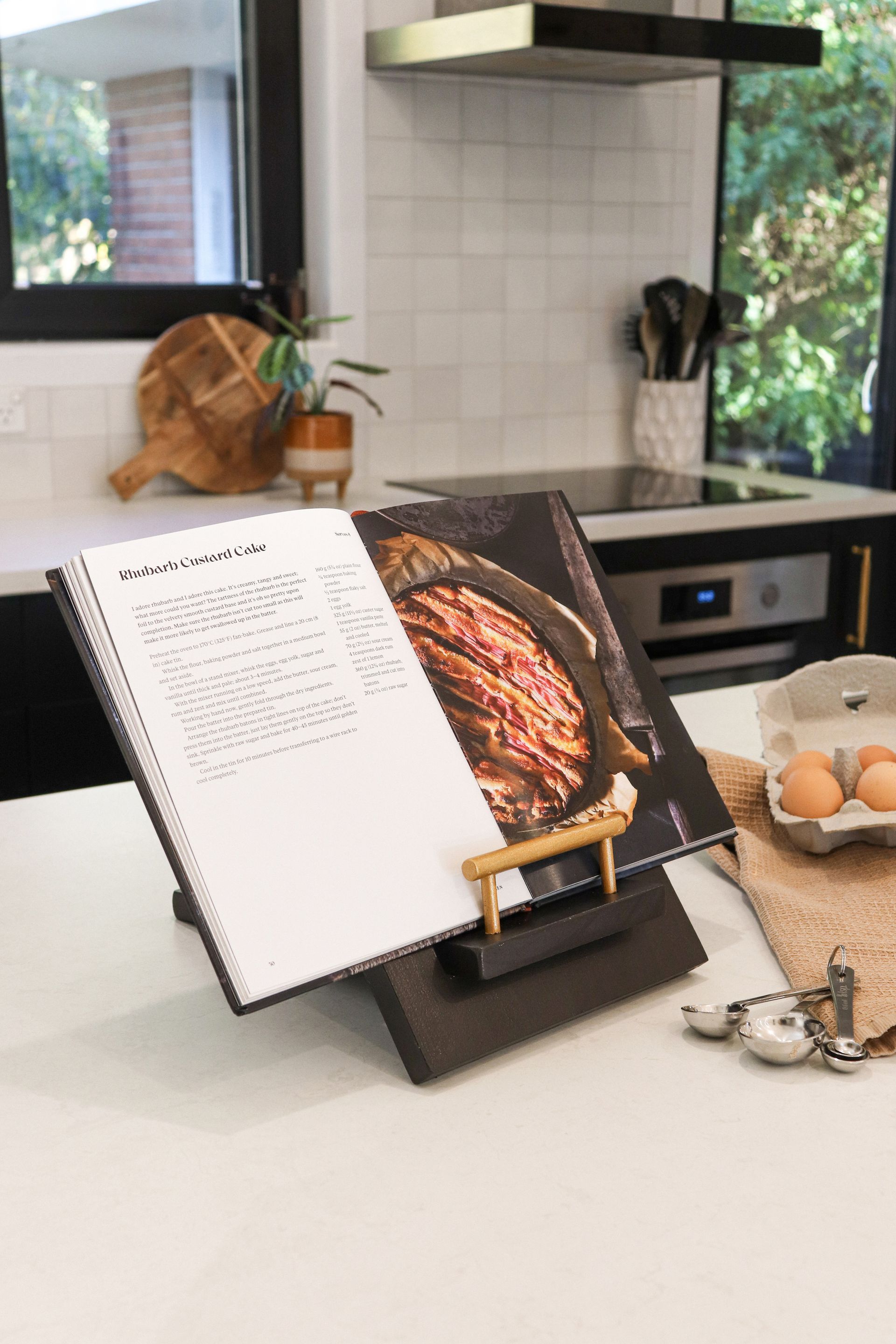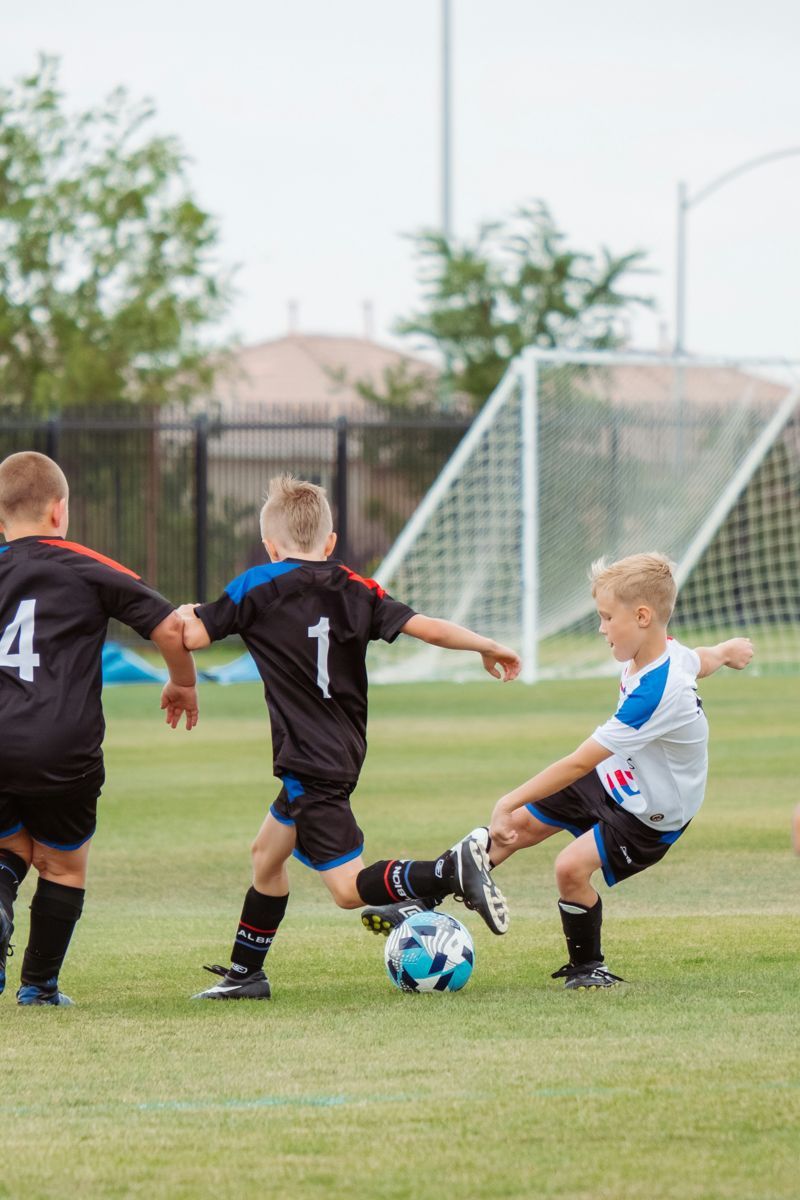The future of New Zealand’s only true alpine bird hangs in the balance, but it’s hoped a joint predator control project between Te Manahuna Aoraki and a group of Aoraki/Mount Cook volunteers will provide the lifeline it needs to survive.
Widely regarded as the Sir Edmund Hillary of the bird world, the New Zealand alpine rock wren (Xenicus gilviventris) defy all laws of survival, spending their entire lives hopping and bobbing in rocky, craggy areas high above the bush line where other birds wouldn’t stand a chance. Confined to remote mountainous regions of the Southern Alps and within the Kahurangi National Park, rock wrens are scarcely hanging on in areas where there is no predator control.
One of just two remaining species of the New Zealand wrens, rock wrens or pīwauwau are one of New Zealand’s smaller birds, weighing between just 14–20 grams, but don’t let their diminutive size fool you for a second. They are high altitude specialists, recorded at elevations of up to 3000 m, where snow lies year-round. ‘They are our little avian mountaineers,’ says Dr Kerry Weston, a science advisor for the Department of Conservation.
‘A weak flier, they have these really big feet which are perfect for rock climbing. They spend a lot of time on the ground, constantly flitting around and searching for food amongst their seemingly barren rocky habitat. They are the only bird species that New Zealand has which are truly alpine, spending their entire life above the tree line.’
Rock wrens eat mainly moths, caterpillars, flies and spiders, although they also eat berries, seeds and even sip the nectar from flax flowers. Breeding takes place over spring and summer with the birds building fully enclosed nests with a small entrance at ground level in cavities within natural features, such as rocks or the base of flax bushes. Both parents share incubation and looking after fledglings.
But just how rock wrens survive winter in the mountains, when the alpine and sub-alpine zone can be covered in snow and ice for many months and temperatures plummet below -10°C, remains a mystery, says Kerry. She suspects the birds go into a kind of hibernation (torpor), lowering their energy requirements, coming out to feed when necessary.
New Zealand once had seven (possibly eight) species of wren – four flightless and three aerially challenged – and now only the rock wren and its cousin the forest rifleman (New Zealand’s smallest bird) remain.
Regrettably, our tiny wrens didn’t fare well once people arrived due to habitat loss and predation. The long-billed wren, with its scimitar-shaped beak for probing into deep crevices, and the North and South Island species of stout-legged wren, were wiped out in pre-European times, victims of kiore, the Pacific rat.
Next, the Lyall’s wren (initially known as the Stephens Island wren), the smallest flightless bird ever to have existed (weighing about 22 g) fell foul to the lighthouse keeper’s cat after the scientific world heard almost simultaneously of its discovery and subsequent disappearance in the 1890s. There was also the tragic case of the once widespread bush wren, which went extinct in the late 1960s after rats invaded their last island home of Big South Cape, near Stewart Island.
While they’re dubbed wrens, the name does them a disservice, explains Kerry. Rock wrens and rifleman genetically bear no relation to their Northern Hemisphere counterparts; instead, they are the only survivors of a distinct and ancient group of the avian family of passerine birds, known as Acanthisittidae. Passerines or perching birds represent more than half of all bird species, and now the consensus is that all passerines have evolved from New Zealand wrens. ‘They have been hopping around for millions of years,’ she says.
For a long time, people thought the rock wren’s harsh alpine environment would keep them out of harm’s way from introduced predators such stoats, and to lesser extent rats and mice, but sadly, it’s not the case. Stoats have penetrated the alpine environment, posing a massive threat to rock wren populations. ‘Stoats are deadly. A native of sub-arctic habitat, they are well adapted to cold temperatures, and can even turn white in winter to match the snow,’ explains Kerry.
A comprehensive study 10–15 years ago analysed more than 2000 rock wren records throughout the South Island, finding a 25 per cent reduction in their distribution over the past 100 years. ‘They’re now no longer seen in places where they once were,’ says Kerry.
Prior to the 1980s, Aoraki/Mount Cook National Park was considered a stronghold for the birds, with rock wrens commonly seen around the park’s more popular walking tracks. Whereas today, sightings around the Aoraki/Mount Cook Village are rare. Kerry estimates there are probably at least 10 times fewer rock wrens amongst the peaks surrounding the village now, than there were 40 years ago. Over the past two years, surveys have been undertaken across nine different sites in the Mackenzie Basin including Aoraki/Mount Cook, the Malte Brun, Liebig, Sibbald and Ben Ohau ranges, searching for rock wrens as part of the Te Manahuna Aoraki project, a multi-agency predator control initiative which aims to transform the area into a predator-free zone in the next 20 years. ‘It’s the most comprehensive rock wren survey undertaken in the project area, and follows up historic records from the 1980s,’ says Te Manahuna Aoraki project manager and DOC biodiversity ranger Simone Cleland. ‘It gives us a good up-to-date estimate of how they’re faring.’
Rock wrens are cryptic and notoriously hard to spot with teams climbing over mountaintops, rocky cliffs and boulder basins searching for the endangered birds. It’s tough terrain. Of the nine survey sites, they found rock wrens still persisting at seven. ‘In reality, it was much better than we expected. Because they nest on the ground, they are very vulnerable. We were prepared not to find any rock wrens, so the fact that they are still hanging on shows just how hardy they are, but they need our help. Without it, they will continue to decline.’
With only 50 birds recorded during the extensive surveys, numbers were still very low, says Simone. ‘We have more than 1000 hectares of rock wren habitat, but there’s more habitat than there are birds to occupy it. However, if we can reduce the number of stoats in the environment, we have the potential to dramatically change the trajectory for rock wren.’
Rock wren colour-banding in the Homer.
From studies of hundreds of nests in other areas, Kerry says they know rock wrens respond well to predator control. In areas where there’s no trapping, on average only 35 per cent of rock wren nests are successfully fledging chicks, with the majority wiped out by stoats. But on the flip side, after trapping networks are established this figure grows to around 70 per cent.
A pair of rock wrens can produce two clutches each breeding season and produce up to five eggs in each clutch. ‘They have the capacity to multiply quickly, which is really encouraging,’ she says. ‘In those areas where we’ve established trapping networks, we’ve seen populations double in no time at all.’
In the hope of bringing rock wrens back to within reach of the average New Zealander, Te Manahuna Aoraki has joined forces with the newly formed volunteer group Predator Free Aoraki, installing some 360 traps around the village targeting stoats and other pests that prey on rock wrens.
Simone says it’s fantastic to see the locals getting behind their bid to protect alpine species like rock wren. ‘We are very lucky to have their support as many of them are experienced mountaineers able to get safely into areas where others couldn’t.’
While Te Manahuna Aoraki has provided traps and ongoing support, the Predator Free Aoraki group will run the trapping network. They also received $8800 from DOC’s Community fund to go towards gear such as personal locator beacons, hi-vis vests and GPS navigators.
In time, they hope simple predator control measures will see rock wren numbers flourish, safeguarding their future.
Recent stories



All Rights Reserved | CountryWide Media




